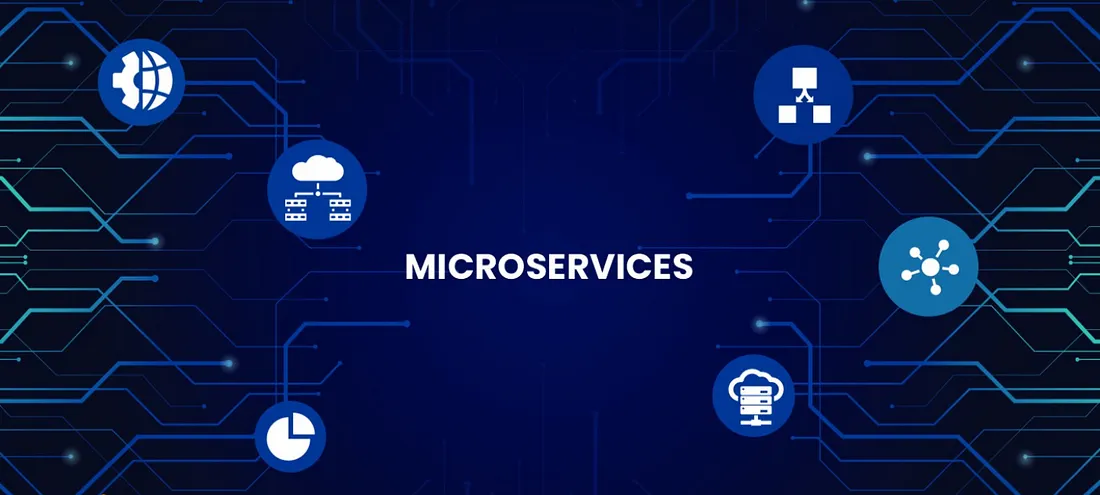
Scalable Microservices in 2025: Build Systems That Thrive
Microservices have redefined how we build large-scale applications, offering unmatched flexibility and resilience. This guide unveils the best practices for 2025, helping you craft systems that handle millions of users with ease.
Why Microservices Matter
Microservices break applications into independent, focused services, enabling:
- Seamless Updates: Deploy changes without downtime.
- Targeted Scaling: Scale high-traffic services independently, saving costs.
- Fault Isolation: One service’s failure won’t crash the entire system.
A 2024 IDC study found that 80% of Fortune 500 companies now rely on microservices for critical applications.
Best Practices for 2025
- Dynamic Service Discovery
- Tools like Consul and Eureka enable real-time service tracking, with AI-driven load prediction for proactive scaling.
- API Gateways
- Use Kong or Nginx to manage traffic, authentication, and routing. GraphQL federation is gaining traction for data efficiency.
- Data Consistency
- Implement event sourcing and CQRS with tools like Kafka for reliable, distributed data handling.
- Monitoring & Logging
- Leverage Prometheus and Grafana with AI anomaly detection for real-time insights.
Toolset Overview
| Tool Category | Examples | Key Features | |------------------|---------------------------|---------------------------------------| | Orchestration | Kubernetes, Docker Swarm | Auto-scaling, deployment automation | | Messaging | RabbitMQ, Kafka | Asynchronous communication | | Monitoring | ELK Stack, Datadog | Log aggregation, metrics visualization|
Avoiding Pitfalls
- Overcomplication: Keep service boundaries clear and focused.
- Network Latency: Use service meshes like Istio for efficient traffic management.
- Logging Gaps: Implement distributed tracing with Jaeger for full visibility.
Conclusion
With the right strategies and tools, microservices can power applications that scale effortlessly. In 2025, blending microservices with serverless architectures will unlock even greater potential.